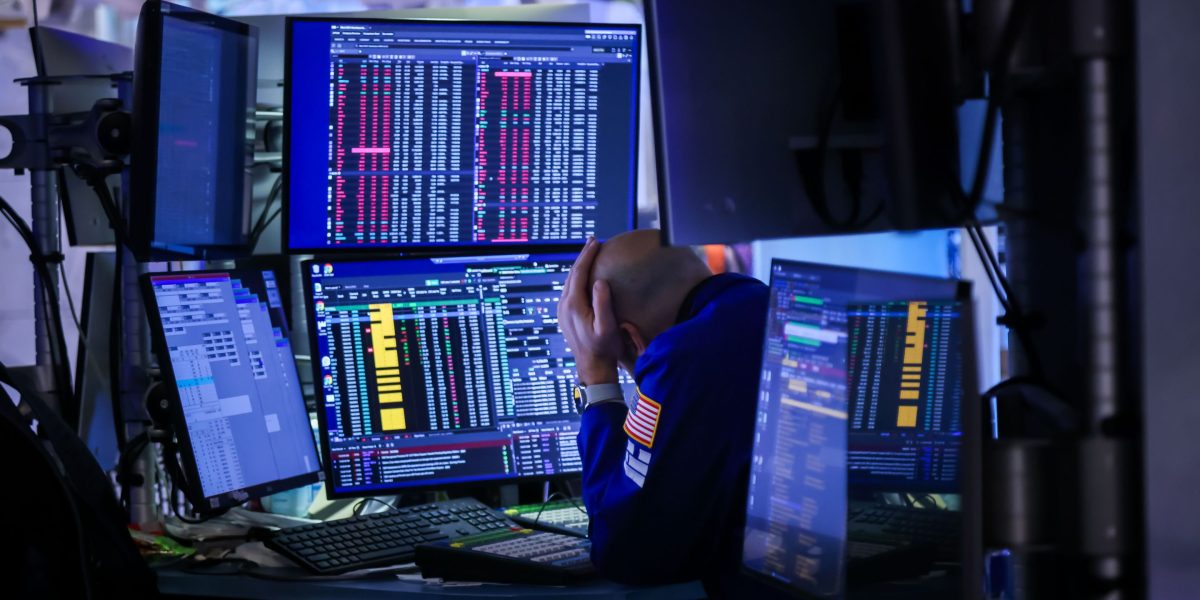
"Even then, Apollo's chief economist, Torsten Sløk, wrote this week the S&P is at "historically extreme valuations." In a note to clients yesterday, Sløk charted the "Warren Buffett indicator" (U.S. stock market cap to GDP) against the Shiller cyclically adjusted price-to-earnings ratio. The result is-perhaps unsurprisingly-that over time the Buffett indicator has increased toward the exteme end, as has price-to-earnings. However, 2025 stands out as a particularly extended outlier."
"High valuations themselves don't necessarily signal an imminent correction, argued UBS's chief investment officer, Mark Haefele, in a note to clients yesterday. He said that on the whole there is "no doubt" that valuations are above average but the market is unlikely to correct itself based purely on this fact. Instead, he argues, declines will come "when corporate profit growth disappoints, with forward returns more correlated with changes in earnings expectations over the next 12 months.""
The S&P 500, Dow Jones and Nasdaq recently fell about 1–2% while the VIX rose over 9%, signaling elevated market turbulence. Valuation measures including the Warren Buffett indicator and the Shiller cyclically adjusted P/E sit at historically high levels, with 2025 a pronounced outlier. CEOs at Morgan Stanley and Goldman Sachs warned markets could decline as much as 20% over the next two years. UBS's chief investment officer said high valuations alone are unlikely to trigger a correction; declines are likeliest if corporate profit growth disappoints and earnings expectations fall. Earnings season has been solid and UBS forecasts roughly 10% S&P 500 EPS growth this year and about 7.5% next year.
Read at Fortune
Unable to calculate read time
Collection
[
|
...
]